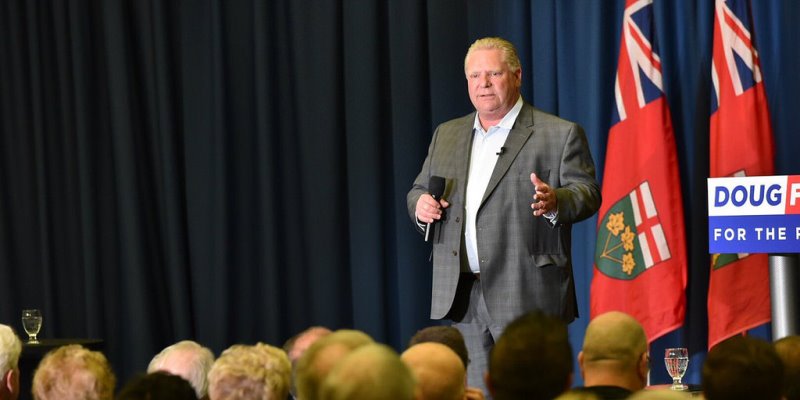Ontario government can learn fiscal lessons from Alberta

As the Ford government prepares to table its budget for 2022/23, it should look west to Alberta for valuable lessons on how spending discipline can improve a government’s bottom line and help turn deficits into surpluses.
Ontario has run budget deficits every year since 2008/09; the Ford government has yet to present a plan to balance its books. In Alberta, the Kenney government recently tabled a historic budget, and after nearly a decade of uninterrupted deficits, that province is now back in the black (in fact, Alberta’s small projected surplus of $500 million will likely swell over the course of the year because the budget uses very conservative revenue estimates).
Of course, this remarkable fiscal turnaround was primarily a function of surging oil prices, which have produced a natural resource revenue windfall. However, it would be a mistake to attribute Alberta’s return to budget balance as a simple matter of good fortune. The Alberta government has meaningfully reduced spending in recent years (after accounting for inflation plus population growth). If Ontario follows Alberta’s lead and starts to reduce spending, it can also achieve a balanced budget sooner than later.
Specifically, since 2017/18, Alberta has reduced inflation-adjusted per-person spending by 8 per cent. This was a fundamental shift in Alberta’s approach, given that successive provincial governments allowed per-person spending to drift higher despite large budget deficits. Trevor Tombe, public finance expert at the University of Calgary, estimates if the Kenney government had stuck to the spending plan it inherited from its NDP predecessor, Alberta would still face a $4 billion deficit this year.
The lesson for Ontario is clear: by taking action to reduce spending, it can make meaningful and speedy progress towards a balanced budget.
Applying this lesson, however, would require a major change in direction. For more than a decade, despite steep budget deficits, successive Ontario governments have been unwilling to reduce spending. Instead, the McGuinty, Wynne and Ford government have all employed a “wait and hope” strategy, allowing per-person spending to hold steady, or even drift upwards in some years, while hoping for revenue gains to wipe away the deficit for them.
This approach has been unsuccessful. Ontario hasn’t balanced its budget since 2007/08. Over that time, the province’s debt load has gone from being 27.8 per cent as large as Ontario’s economy to an estimated 43.5 per cent this year. Meanwhile, a recent analysis shows that the province’s finances are technically unsustainable, which simply means that in the absence of policy change the province’s debt burden will continue to grow relative to the size of the economy.
Alberta has faced fiscal challenges for a long period of time, and those challenges won’t be solved overnight. It has accumulated substantial debt over the past 15 years and is still far too reliant on volatile natural resource revenues. But by reducing program spending in recent years, Alberta has taken a first step in the right direction and has ended its long string of operating deficits.
Ontario’s fiscal problems are also long-standing. But they not impossible to solve. If the Ford government follows Alberta’s lead and presents a plan to reduce spending, it can move the province quickly towards a balanced budget and begin the process of repairing Ontario’s government finances.

